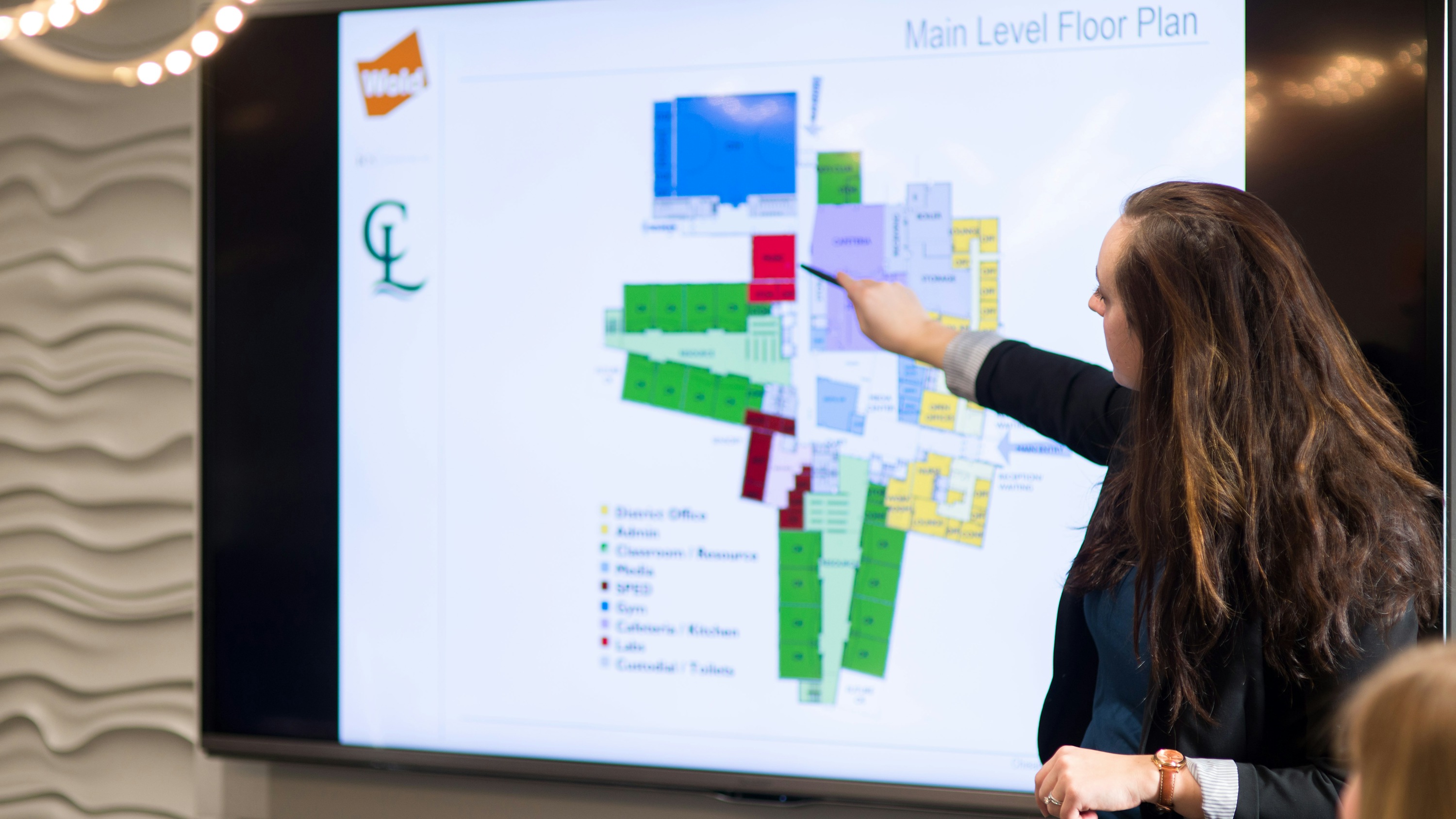
Unprecedented times have made it clear that the education sector must re-evaluate the policies and procedures in place to provide students and staff with healthy environments. COVID-19 has highlighted engineered building systems and their capabilities of mitigating the transmission of airborne illnesses. As a result, you may have questions about how this will impact students and teachers once they are able to return to school. There are three primary areas that should be considered to develop a complete strategy including teaching the school community best prevention practices, implementing cleaning and sanitation procedures, and optimizing the performance of engineered building systems.
In light of what we have learned about COVID-19, we recommend that each of these areas be reviewed to develop the most effective approach possible. Cleaning and sanitation policies can be updated and building systems can be evaluated. At minimum, HVAC systems should be assessed to ensure they are compliant with ventilation code standards, and features may be considered to improve filtration and cleaning of recirculated air to reduce the long term viability of the virus. It is crucial that the current capabilities of engineered building systems be assessed to provide students and staff a safe environment with regards to any other airborne illnesses. Therefore, we are encouraging school district’s to review their established procedures and update policies as may be necessary to address the risks specific to the COVID-19 virus.
The primary defense against the spread of contagious diseases is training all members of the school community on best prevention practices. The precautionary behaviors the Center for Disease Control recommends to help reduce the spread of the flu are especially relevant with the added threat of the COVID-19 virus. Teaching and training the C.D.C.’s best practices should be a part of a comprehensive disease prevention plan.
Coronaviruses, including COVID-19, are spread primarily through large droplet transmission by direct contact with an infected person or indirectly through contact of an infected surface. Since there is evidence that the COVID-19 virus can persist on surfaces for a few hours and up to several days, policies and cleaning procedures are particularly important. Viruses are relatively fragile and routine cleaning products and procedures are proven effective. School officials should review their cleaning procedures and make adjustments if needed.
While transmission of the virus is primarily through respiratory droplets, precautionary measures against airborne transmission should be taken. Multiple engineering strategies must be evaluated to create a holistic approach to managing the risk of airborne transmission. In order to do so, school districts should assess the performance of their ventilation systems as HVAC units play a part in potentially reducing the risk of airborne particle transmission in several ways:
Diluting with Cleaner Outside Air: Maintaining appropriate ventilation rates is the most important consideration for maintaining a healthy interior environment. No matter the age of your building systems, they should be adjusted regularly to provide adequate ventilation. Minimum ventilation rates are the only HVAC performance metric that is required by governing codes in the school environment. To verify compliance, the following approaches may be considered:
Filtering and Cleaning Recirculated Air: All systems that recirculate air should have the capability to provide a minimal level of filtration. For significant modifications to your HVAC system, an engineering professional should be consulted to ensure the system as a whole will perform effectively. Considerations to improve the filtration effectiveness, and features that may be added to discourage virus viability, include the following:
Containing Contaminated Air and/or Exhausting it Outside: While it is impractical to segregate all occupants of a school, thus making it difficult to stop sharing of air, the above measures will help mitigate cross contamination. A specific area, such as the nurse’s room, should be designated to isolate people displaying symptoms until they can be removed from the school grounds. The ventilation serving the designated area should be reviewed to ensure it’s performance for these functions:
Delivering Clean Air within the Occupant Breathing Zone: How air moves through a space is a factor in maintaining the health of the environment. Most school HVAC systems are configured such that air delivered to each space is continuously mixed with the air already in the space. The health of the environment is determined by diluting and removing contaminants in the air. If you have the opportunity to replace the HVAC system, or are building a new system, there are alternative methods that help minimize mixing of second hand air. These systems essentially sweep the space with a fresh supply of air to more effectively remove airborne contaminants. These systems are complex and require a complete redesign of air systems. Consult your engineering professional for more information.
Providing a safe and healthy environment results from implementing an effective, holistic strategy. School districts can be informed of the best practices for preventing transmission of the virus. Improved methods of cleaning and upgraded sanitation procedures can reduce the likelihood of students and staff coming in contact with a virus. Finally, there are multiple ways to address the capabilities of engineered building systems to ensure they are functioning at their highest potential. There are as many ways to address indoor air quality as there are buildings.
Due to every building’s uniqueness, each site will call for a customized approach. All in all, it is of utmost importance to keep our communities safe. Therefore, we encourage school districts to have their building systems evaluated. This will allow for your students and staff to return to a healthy environment and to continue to feel safe well into the future.